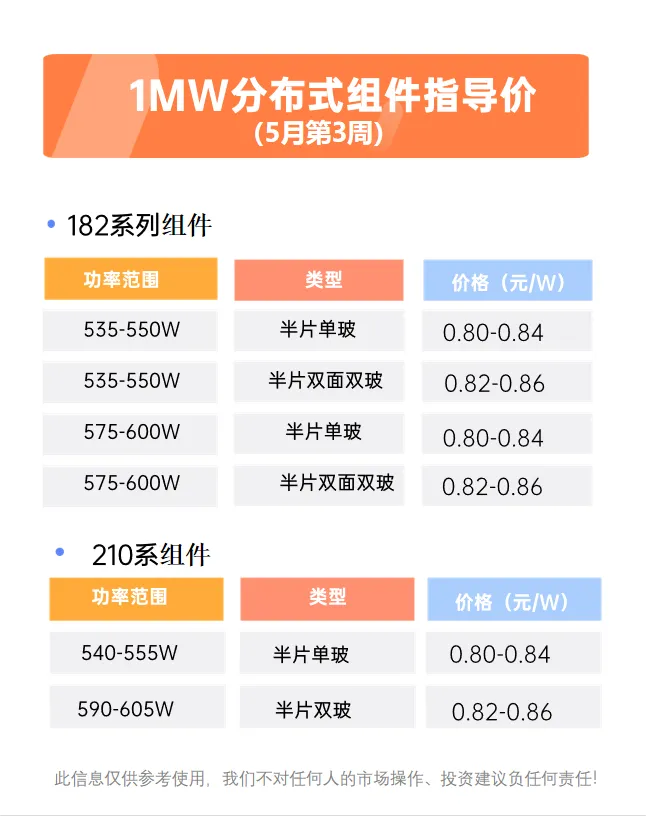what is a solar string inverter
What is a Solar String Inverter?
In the ever-evolving world of renewable energy, solar power stands out as one of the most accessible and sustainable options. As homes and businesses become more attuned to the idea of generating their own electricity, understanding the components of solar energy systems becomes increasingly important. One crucial component of many solar setups is the solar string inverter. This article will explore what a solar string inverter is, how it works, and its advantages and disadvantages.
What is a Solar String Inverter?
A solar string inverter is a device that converts the direct current (DC) electricity generated by solar panels into alternating current (AC) electricity, which is the type of electricity commonly used in homes and businesses. The term “string” refers to the way solar panels are connected in series, or “strings.” Typically, a group of panels (often 5 to 12) are wired together to form a string, and these strings can be connected to one or multiple inverters, depending on the size and design of the solar system.
How Does it Work?
The operation of a solar string inverter is relatively straightforward. When sunlight hits the solar panels, they generate DC electricity. This electricity flows through the string of panels into the inverter. The inverter then performs two primary functions
1. Conversion of Electricity The inverter converts DC electricity into AC electricity using electronic circuits and semiconductor devices. This process is essential because most household appliances and the electrical grid operate on AC electricity.
2. Maximum Power Point Tracking (MPPT) Another vital function of the inverter is to optimize the electricity production from solar panels under varying conditions. The inverter employs Maximum Power Point Tracking technology, which continuously monitors the output of the solar panels and adjusts the load to ensure that the system operates at its maximum efficiency. This can be particularly beneficial on partially cloudy days or during different times of the year, allowing homeowners to get the most out of their solar installation.
Advantages of Solar String Inverters
what is a solar string inverter

1. Cost-Effectiveness Solar string inverters are generally less expensive than other types of inverters, such as microinverters. This cost-effectiveness makes them a popular choice for residential solar systems.
2. Simplicity and Reliability With fewer moving parts and a straightforward design, string inverters are often easier to install and maintain. This simplicity contributes to their reputation for reliability.
3. Centralized Monitoring Many string inverters come with monitoring systems that allow homeowners to track their energy production and consumption. This centralized monitoring system can provide valuable insights into the performance of the solar installation.
Disadvantages of Solar String Inverters
1. Performance Issues with Shade One of the significant downsides of solar string inverters is that the performance of the entire string can be reduced if one panel gets shaded. Because the panels are connected in series, the output of the entire string is limited by the weakest panel. This can be problematic in areas with trees, buildings, or other structures that might cast shadows on the solar array.
2. Limited Individual Panel Control Unlike microinverters, which allow for individual panel control, string inverters manage the output of a group of panels. This means that if one panel is underperforming, it can drag down the performance of the entire string of panels.
Conclusion
In summary, a solar string inverter is a vital component of many solar energy systems, providing the necessary conversion of electricity and optimization of solar production. While they have some disadvantages, like susceptibility to shading issues, their cost-effectiveness and simplicity make them a popular choice among homeowners looking to harness solar power. As technology advances and the demand for renewable energy continues to grow, understanding different components like string inverters is essential for anyone considering solar energy as a viable power source. Whether for residential or commercial purposes, being informed about solar string inverters can enhance the decision-making process and promote greater efficiency in harnessing the sun's energy.
-
String Solar Inverter: The High-Efficiency Solution for Smart Solar EnergyNewsJul.14,2025
-
Revolutionizing Rooftop Energy with the Power of the Micro Solar InverterNewsJul.14,2025
-
Power Independence with Smart Off Grid Solar Inverter SolutionsNewsJul.14,2025
-
On Grid Solar Inverter: Powering the Future with Smart Grid IntegrationNewsJul.14,2025
-
Monocrystalline Solar Panels: High-Efficiency Power for the Future of Clean EnergyNewsJul.14,2025
-
Bifacial Solar Panel: A Smarter Investment for Next-Generation Energy SystemsNewsJul.14,2025







